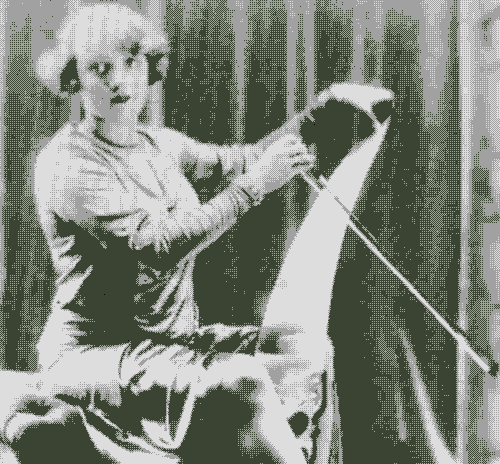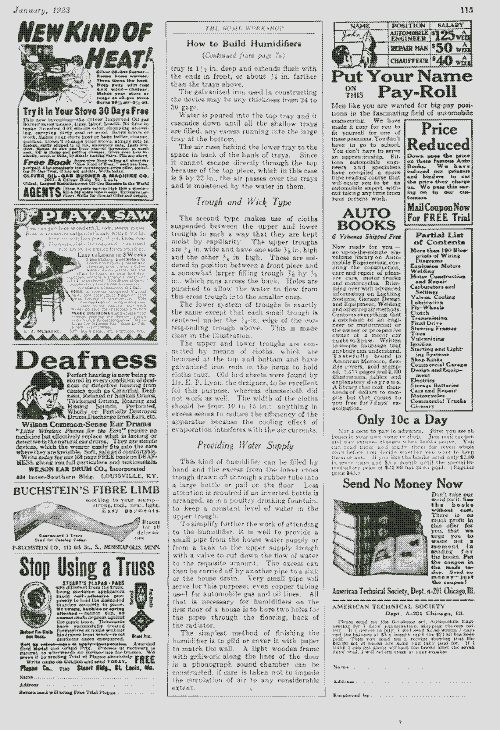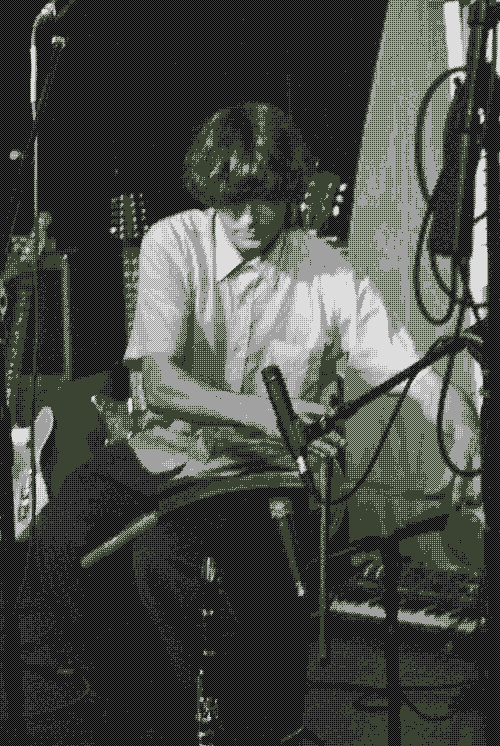
Tucked away in a bookshelf of a military surplus store lied serrated steel. Branded “Pexto” with a light rust patina blotching its twenty six inch blade. Once a carpenters hand saw, now onto becoming my third learned instrument. With a bow in hand and its blade cradled in my arms, I draw across its body and it begins to sing and cry, not of it's abandonment but of its newfound purpose.
I began this year with the new years resolution that I would step back from electronic music and DAW's and give myself the objective to create one song that I like this year using only acoustic and analogue sound. I figured I should try and pickup at least 3 instruments that are relatively cheap and force myself to practice enough to at least be able to play something that sounds nice. Coming upon a cheap 12 dollar saw at the military surplus store I knew I had to try it out.

The saw has history that dates back to the 1930's (the musical saw was obviously played before then but origins are debated) where vaudeville acts would feature the saw in that the focal point was the contrast of a woodworkers tool could also be used to belt lovely sine waves. With that, the humble saw saw popularity in quite a bit of music in the 1930's and 40's only to diminish and long after, its electronic cousin the theremin to overtake its weirdo expertise. The musical saw today is now found to be played by few in accompanying the back high end of your favorite eclectic bands and musicians. Its ghostly metallic whine has a wide range and is typically pleasant to include considering a good mix is done.
Playing the saw is easier than finding bands who use it too. You can typically use any hand saw considering it isn't completely rusted through. Any 26 Inch saw is a good standard to start, and can be found in abundance. Grab a bow (if you don't have one just buy a really cheap one) and use an almost excessive amount of rosin. Cradle the handle of your saw in between your legs and use your fingers and thumbs to form an s shape with the metal. Draw perpendicularly to the spine of the saw and it will wine to your command. It's really simple as soon as you conquer these basics, and the rest of the learning curve is really based on bow technique and finding the notes to play in succession when you curve the saw.

So far it's been pretty fun. It's slightly technical but not in the aspects you would expect and it produces such a nice sound. Remind you, this is with a thicker carpenters blade. Professional musical saw's typically are longer and wider thus giving you a greater range of notes with added ease of bending and a longer sustain. To which with the practice i've been doing I feel like i'm ready to pick up a proper musical saw, I implore you to try one out as well if your interested.
With the niche interest in musical saw's there are really only a few producers here in the United States. Mussehl and Westphal remain one of the few musical saw producers and are based in south Wisconsin. Here are some links to resources if your interested
Mussehl & Westphal Buying a Saw Article Charlie BlackLock Archive French Saw's Saw with a pickup (you could probably do this with a piezo)